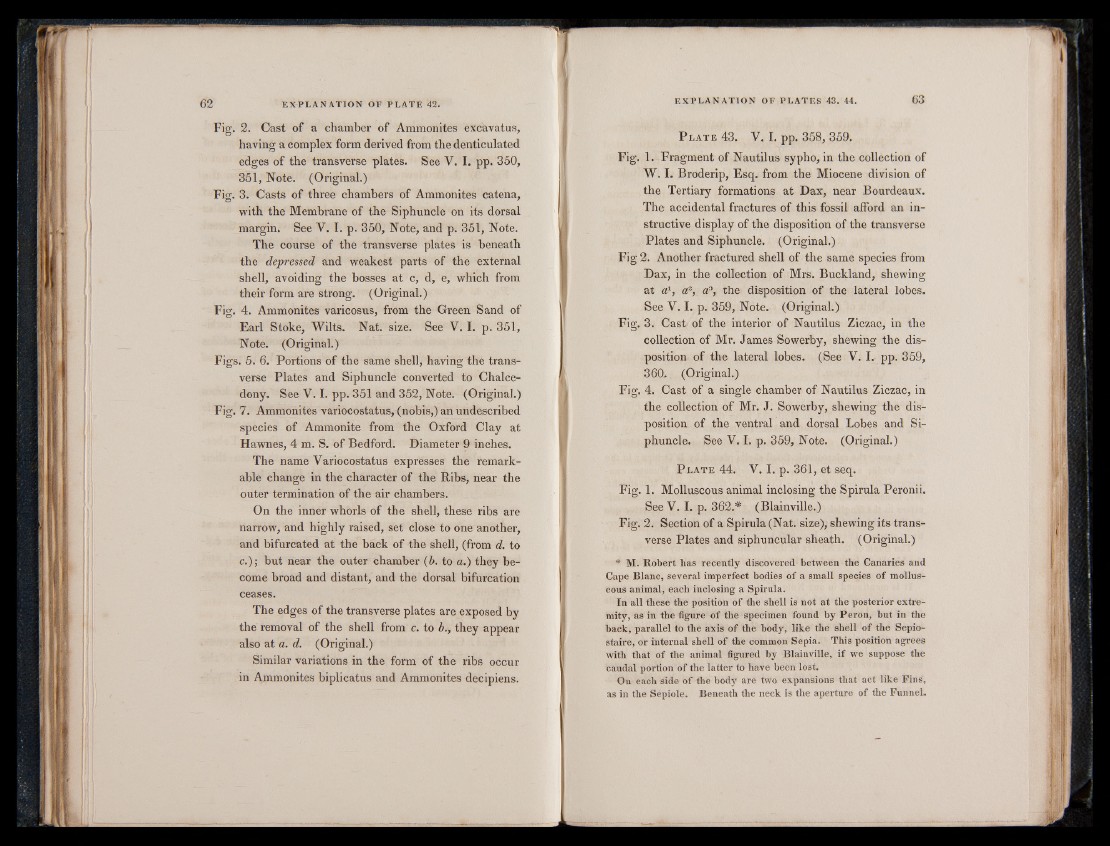
Fig. 2. Cast of a chamber of Ammonites excavatus,
having a complex form derived from the denticulated
edges of the transverse plates. See V. I. pp. 350,
351, Note. (Original.)
Fig. 3. Casts of three chambers of Ammonites catena,
with the Membrane of the Siphuncle on its dorsal
margin. See V. I. p. 350, Note, and p. 351, Note.
The course of the transverse plates is beneath
the depressed and weakest parts of the external
shell, avoiding the bosses at c, d, e, which from
their form are strong. (Original.)
Fig. 4. Ammonites varicosus, from the Green Sand of
Earl Stoke, Wilts. Nat. size. See V. I. p. 351,
Note. (Original.)
Figs. 5. 6. Portions of the same shell, having the transverse
Plates and Siphuncle converted to Chalcedony.
See V. I. pp. 351 and 352, Note. (Original.)
Fig. 7. Ammonites variocostatus, (nobis,) an undescribed
species of Ammonite from the Oxford Clay at
Hawnes, 4 m. S. of Bedford. Diameter 9 inches.
The name Variocostatus expresses the remarkable
change in the character of the Ribs, near the
outer termination of the air chambers.
On the inner whorls of the shell, these ribs are
narrow, and highly raised, set close to one another,
and bifurcated at the back of the shell, (from d. to
c.); but near the outer chamber (b. to a.) they become
broad and distant, and the dorsal bifurcation
ceases.
The edges of the transverse plates are exposed by
the removal of the shell from c. to b., they appear
also at a. d. (Original.)
Similar variations in the form of the ribs occur
in Ammonites biplicatus and Ammonites decipiens.
P late 43. V. I. pp. 358, 359.
Fig. 1. Fragment of Nautilus sypho, in the collection of
W. I. Broderip, Esq. from the Miocene division of
the Tertiary formations at Dax, near Bourdeaux.
The accidental fractures of this fossil afford an instructive
display of the disposition of the transverse
Plates and Siphuncle. (Original.)
Fig 2. Another fractured shell of the same species from
Dax, in the collection of Mrs. Buckland, shewing
at a1, a?, a3, the disposition of the lateral lobes.
See V. I. p. 359, Note. (Original.)
Fig. 3. Cast of the interior of Nautilus Ziczac, in the
collection of Mr. James Sowerby, shewing the disposition
of the lateral lobes. (See V. I. pp. 359,
360, (Original.)
Fig. 4. Cast of a single chamber of Nautilus Ziczac, in
the collection of Mr. J. Sowerby, shewing the disposition
of the ventral and dorsal Lobes and Siphuncle.
See V. I. p. 359, Note. (Original.)
P late 44. V. I. p. 361, et seq.
Fig. 1. Molluscous animal inclosing the Spirula Peronii.
See V. I. p. 362.# (Blainville.)
Fig. 2. Section of a Spirula (Nat. size), shewing its transverse
Plates and siphuncular sheath. (Original.)
* M. Robert has recently discovered between the Canaries and
Cape Blanc, several imperfect bodies of a small species of molluscous
animal, each inclosing a Spirula.
In all these the position of the shell is not at the posterior extremity,
as in the figure of the specimen found by Peron, but in the
back, parallel to the axis of the body, like the shell of the Sepio-
staire, or internal shell of the common Sepia. This position agrees
with that of the animal figured by Blainville, if we suppose the
caudal portion of the latter to have been lost.
On each side of the body are two expansions that act like Fins,
as in the Sepiole. Beneath the neck is the aperture of the Funnel.